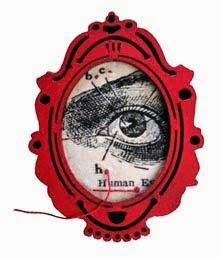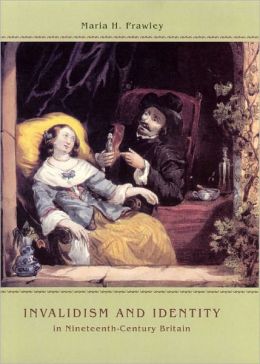It has taken a little while to realise that at the heart of my motivation for this new work is a desire to workshop the loneliness and isolation experienced in those long years confined to home and bed in the Nineties. I need, it seems, to be really clear on one thing. And that is despite the relentless physical drama and suffering that played itself out in those years it paled starkly in comparison to the pain of isolation. I often think of those years, which spanned nearly a decade, as containing something of an almost inhuman quality. There was a sense I was being denied something very basic. And yet that something had nothing to do with illness. Anchored as we are in the sheer corporeality of our body we know, even if only at a subconscious level, that we are vulnerable to disease and physical trauma. We can and do live with that in a way that is, although difficult, quite natural. What feels much less natural is to have your social identity stripped from you for those very same reasons and to know retrieving that identity is outside your control. It's one thing to be isolated physically, trapped in a room without company. It's a whole other thing to be struck off from existence while still alive. I assume it's not called invalidism for nothing.
With this new work I want to explore the cultural and temporal aspects of illness and disability as a way of understanding the mechanisms at the heart of my experienced social isolation. That is to say it was not a matter of friends forgetting to phone or not being able to leave the house (though that was the case). It was something way more contextual and complex: essentially the socio - political environment of the time.
So first a little historical diversion with some added cultural discourse from the relatively new field of disability identity politics....
BACKGROUND:
The political and socio-economic environment at a given time in history and the collective anxieties of the population regarding those compas points dictates the identity and social status afforded groups of people. Those given identities are then represented in the culture in ways that not only project/reflect such anxieties but in ways that serve to reassure the privileged norm of their own cultural insider status plus remind them what the political system requires of them to hold onto that status.
If it is true that the margins define the centre in society then for anyone to have status there must also be a group of people relegated to the margins of society who do not have status.
In the mid Nineteenth century as the democratic experiment was taking hold and the old ideas of aristocracy and status were being dismantled and replaced with an ethos of merit, then ability became the means by which individuals distinguished themselves and attained status. It is interesting to consider that while the democratic experiment did away with ideas of institutionalised class, and championed an egalitarian ideal where all citizens could be considered equal, not much thought was given to the flawed nature of humanity, our insecurities regarding status and our need to know we belong. Therefore democracy needed to find it's margins - not only to reassure those who met it's requirements and thus belonged - but importantly to indicate what those requirements were.
And so the necessity for a group of people who simply in their being could symbolise what democracy was and, importantly, what it was not. Here, disabled populations, with their implied dependence on others - signaling a failure to meet democracy's most defining ideal ie the self determining individual - became by necessity not only definitive of the margins (and thus socially reassuring to those who were able bodied) but also symbolic of what democracy was not, confirming their social invalidation in the process.
In a way a new aristocracy - an aristocracy of the body - had replaced the old one of inherited birthrights.
Thus it is not surprising that the anxieties of the population over the major cultural and political shifts taking place in the 19th C and their subsequent new identities in the new order should find their expression writ large on the body and it's physicality (and I take here the view of post structuralists in seeing the body as a site where social and political conflicts are inscribed, contested and resolved). Thus the rise of two phenomenon peculiar to this time in history - in America the travelling Freak Show and in Britian the rise of 'the Invalid' as a specific social identity.
The Freak was able to serve as a figure of 'otherness' on which spectators could displace their anxieties. On one hand gain reassurance that they were within the bounds of normal and worthy of insider status while on the other a place to project their anxiety - after all the new social identity, dependent on good health and a 'normal' body as it were, was a capricious thing.
The decline of the Freak Show as the Victorian era came to an end coincided with the increasing status of medical science plus the increasing invisibility of the disabled person. This body of work will argue that the vulnerable body now not only symbolised a threat to individuals and their own status in society but the notion of liberal democracy itself.
The idea of a person living their entire life dependent on others flies in the face the ethos of individualism. And so the disabled figure becomes a very uncomfortable and almost impossible one for our culture to resolve. Their existence contradicts the defining ideal of liberal democracy (that we are self determining individuals) therefore to uphold belief in this idea the disbaled must be socially invalidate.
Social invalidation speaks to our greatest existential fear - non existence - and this is the spectre that hangs as stigma over the disabled class and explains the threat and fear disabled people represent not only to our ideology but to our sense of selves.




